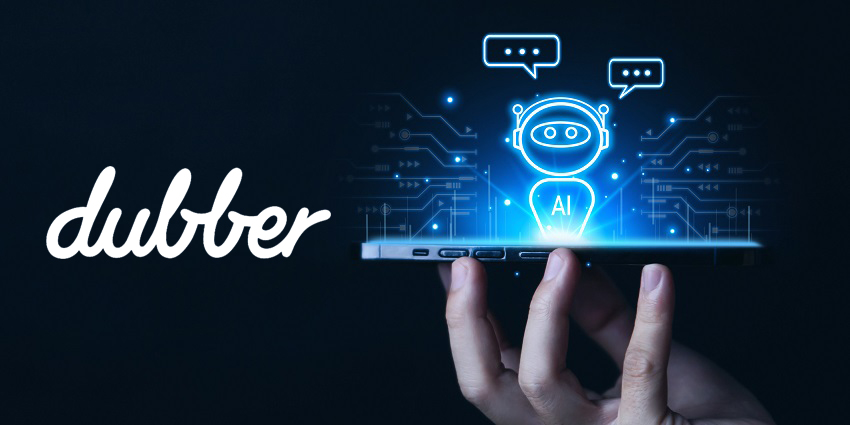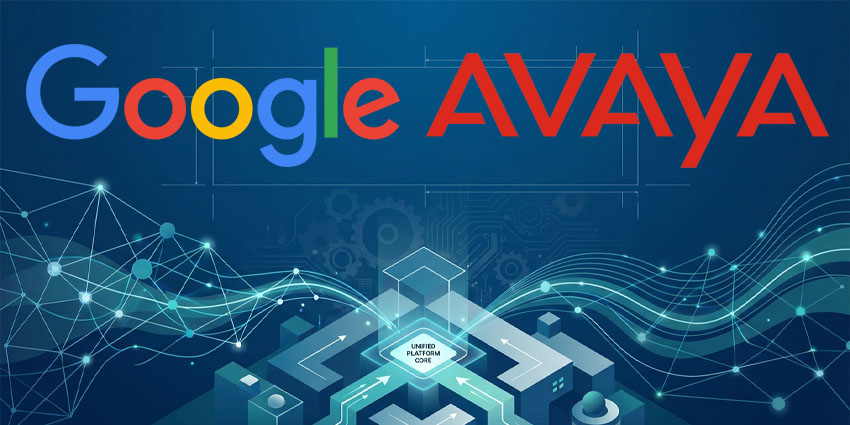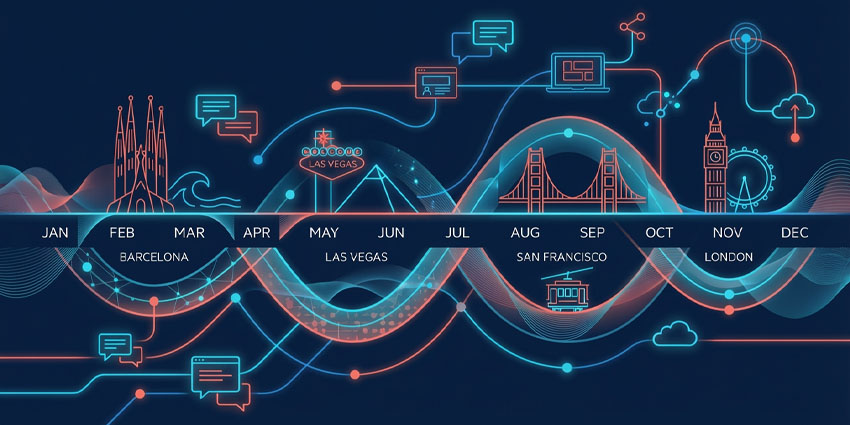Don’t say it too loudly but customer complaints can be a double-edged sword.
Sure, for the sake of brand reputation, they must be rectified as quickly as they are discovered but spotting them in the first place can be a crucial part of the learning and improvement process.
However, the sheer scale of some organisations’ customer communications can make it extremely hard. Manual monitoring of all conversations can be impossibly difficult, and then there’s the critical business of interpretation too: when does a particular form of words constitute a complaint? And to what extent does tone of voice matter?
Automating conversation intelligence is of course the smart remedy – deploying clever AI-powered software and solutions which understand natural language conversation and far surpass the capabilities of simpler, single-keyword detection methods of old.
All organisations must do is partner with a provider that can help make it all happen.
“It’s easy to define a complaint – it’s a term that refers to an expected level of service that has not been delivered. However, complexity arises from the diverse ways in which complaints are articulated, making conversation analysis challenging,” says Dr Iain McCowan, Director of AI at Dubber, the global conversation intelligence platform provider, whose new ‘Moments’ solution uses Natural Language Understanding (NLU) to identify customer disquiet across all communication channels.
“While the way in which we communicate is constantly changing, the fundamental nature of conversations between people never changes. Within the context of any particular conversation, there will always be key Moments that provide new intelligence, inspire a new course of action or deepen understanding of a particular scenario. It’s about algorithms diving deep into the fabric of those conversations, uncovering hidden insights that traditional methods simply can’t capture.”
Dubber’s Moment solution includes a state-of-the-art Large Language Model which is significantly more effective at understanding natural conversational language than simpler keyword detection methods. As a result, it is significantly more reliable at detecting complaints in real customer interactions than traditional methods. Indeed, when evaluated on an annotated dataset of authentic, de-identified call transcripts, 91% of all customer complaints are captured via Moments, compared to variants of the word “complain” only being detected in 10% of customer complaint calls.
“This highlights the weakness of relying on keywords only,” says Dr Iain McCowan.
“Analysing conversations using the latest language models provides a deeper understanding of the complaint moment within the context of the entire conversation. A comprehensive understanding of customer experiences holds significantly greater value, as it directly tackles the genuine challenges our Communication Service Provider customers encounter.
“For their end-user organisations, it is a game-changer; delivering rich insights that help them make informed business decisions capable of enhancing customer experiences, providing advanced training for customer service representatives, optimise operations for efficiency and productivity and, ultimately, driving growth.”
So, it seems customers complaining may not be such a negative thing after all. Just so long as the pick-up is swift, and the response is targeted.
Sounds like the kind of learning curve all organisations should embrace…
To learn more about how Dubber can help your and your customers’ businesses leverage the smarts of AI-powered conversation intelligence, click here.







